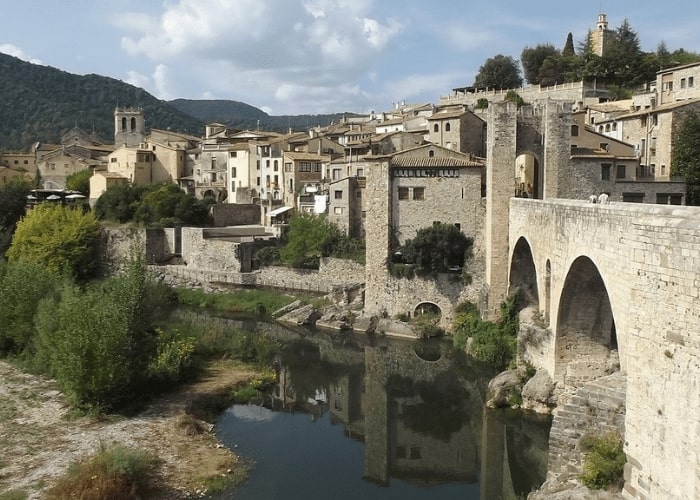‘You have to know the past to understand the present’, said Carl Sagan. This phrase applies to certain issues more than others. You would not understand the quest for independence of Catalonia if you don’t know the history of this autonomous community. Since the Middle Ages, Catalonia has played an important role in Spanish history. As have the medieval power blocs of Aragon and Castile. Therefore, we have divided the Catalan history into 4 chronological timeframes. This is part 1.
County of Barcelona under the Frankish Emperor
The area called Catalonia in our time (written in Catalan as Catalunya), like the rest of the Iberian peninsula has been dominated by Greeks, Carthaginians, Romans, and Visigoths respectively (see earlier). In 718 the Moors conquered the collapsing Visigoth empire and (today’s) Catalonia became part of the Moorish Al Andalus, like most of the Iberian peninsula. From 760, the Frankish empire under Charlemagne and later his son Louis initiated the conquest of Catalonia. It was completed in 801 with the capture of the city of Barcelona. The county of Barcelona became a fact, and from that time on formed the buffer between the Christian North and the Islamic South (Marca Iberica). The counts of Marca Hispania were answerable to the Frankish emperor and his successors.
Part of the Aragonese Empire
Over the following centuries, ties with the Frankish empire loosened and the region, sealed by the marriage between Count Ramon Berenguer and Queen Petronella of Aragon, became part of the Aragonese kingdom under the Counts of Barcelona. Aragon and Catalonia did retain some of their own identities within this kingdom, like Catalonia de Corts, one of the first parliaments in Europe.
Catalonia had its own laws
The kingdom of Aragon expanded its influence throughout the centuries over the Mediterranean. This was especially on the Iberian peninsula (Valencia, Balearic Islands) and Italy (Sardinia, Sicily, and Naples). Catalonia, and particularly the port city of Barcelona, played an important role in this expansion. And, also the overseas trade that brought much prosperity. Within the kingdom of Aragon, Catalonia had its own laws and privileges, including its own tax system. At the end of the 12th century, after the conquest of Lleida and Tortusa, the county of Catalonia occupied approximately the territory of the current autonomous region of Catalonia. Valencia also got its own court and fueros (code of laws) under the crown of Aragon. From the end of the 12th century, Castile and Aragon started to work closer together in the Reconquista in 1469. This culminated in the marriage between Ferdinand of Aragon and Isabella of Castile.


